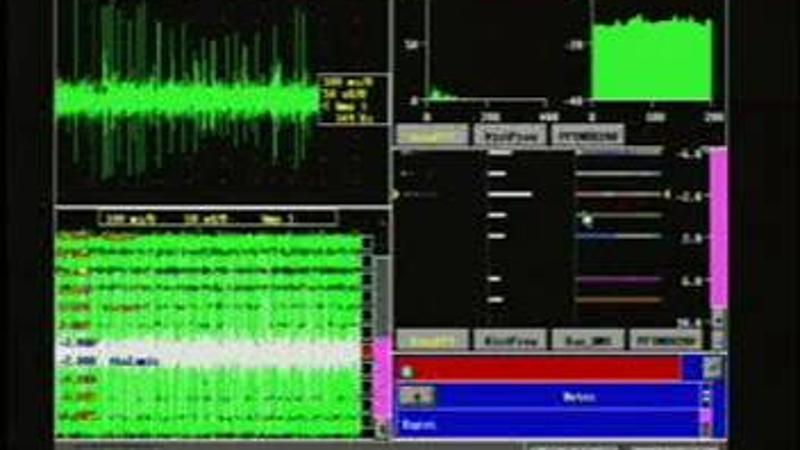
Doctors could tailor treatments and improve quality of life for Parkinson's disease patients using mathematics research from Queensland University of Technology (QUT).
PhD student Nicole White, from QUT's Faculty of Science and Technology, has used statistical methods to group Parkinson's symptoms, such as speech impairment, tremors and rigidity, from 350 patients with the degenerative neurological disease.
Mathematical modelling was also used to analyse microelectrode recordings of brain activity during deep brain stimulation, a surgical treatment which is performed on about 150 Australians each year to ease the symptoms of advanced Parkinson's disease, epilepsy and other disorders.
"Because there's huge variation in the types of symptoms patients have we found clusters or subgroups of symptoms in patients," Ms White said.
"This research will eventually allow us to monitor improvements before and after surgery and be linked with symptoms data to determine which treatment the patient will respond best to.
"Until now we haven't been able to explore activity in this part of the brain."
Ms White's research, which was funded through an Australian Research Council linkage grant, was conducted with St Andrew's War Memorial Hospital and Medical Institute in Brisbane under neurologist Professor Peter Silburn, a world expert in the treatment and research of Parkinson's disease.
Ms White hoped her findings would help neurologists pinpoint where to implant microelectrodes in the subthalamic nucleus, the part of the brain responsible for movement, during deep brain stimulation.
Neurologists now use visual data to understand where to implant the electrodes in the brain, which are then electrically stimulated by a pace-maker type device that blocks faulty brain signals causing Parkinson's symptoms such as tremors.
"There is usually a huge burst of brain activity when the neurologist reaches the target area, but there was no statistical data to back up what surgeons were doing," Ms White said.
"We recorded the changes in neural activity during surgery. What we found was the mathematical models we used matched up with what the neurologist saw. Our research should give certainty about where to put the electrodes during surgery to ensure the treatment is as effective as it could be."
Professor Silburn, a professor of Clinical Neuroscience at The University of Queensland, said the research was an important step towards understanding a disease that affects 80,000 Australians.
He said neurologists were now exploring if Ms White's mathematical modelling would help them locate brain cells with microscopic accuracy.
"Nicole's work is fundamental to classifying the various types of patients with Parkinson's disease, thereby providing a much needed basis to assess treatment responses across the various groups. Previously we just lumped them all together and we now know this was wrong," he said.
"Watching and analysing individual human brain cells working in concert during deep brain stimulation is an important tool for revealing how the human brain works. It's a unique opportunity in the type of surgery we do.
"In the future, we will ask people to perform mental tasks before, during and after surgery and watch how the brain works by tracking single and multiple neurons. Nicole's work may establish a novel statistical way of doing this.
"We plan to incorporate her findings into locating the responsible brain cells that are inappropriately activated in the awake person (with Parkinson's disease) during the surgery and nullifying their aberrant effect, thus restoring function in that part of the brain."
Ms White will continue her research into Parkinson's disease as a research assistant at QUT.
* High-res photos are available for media use.
Media contact: Stephanie Harrington, media officer, 3138 1150, stephanie.harrington@qut.edu.au


